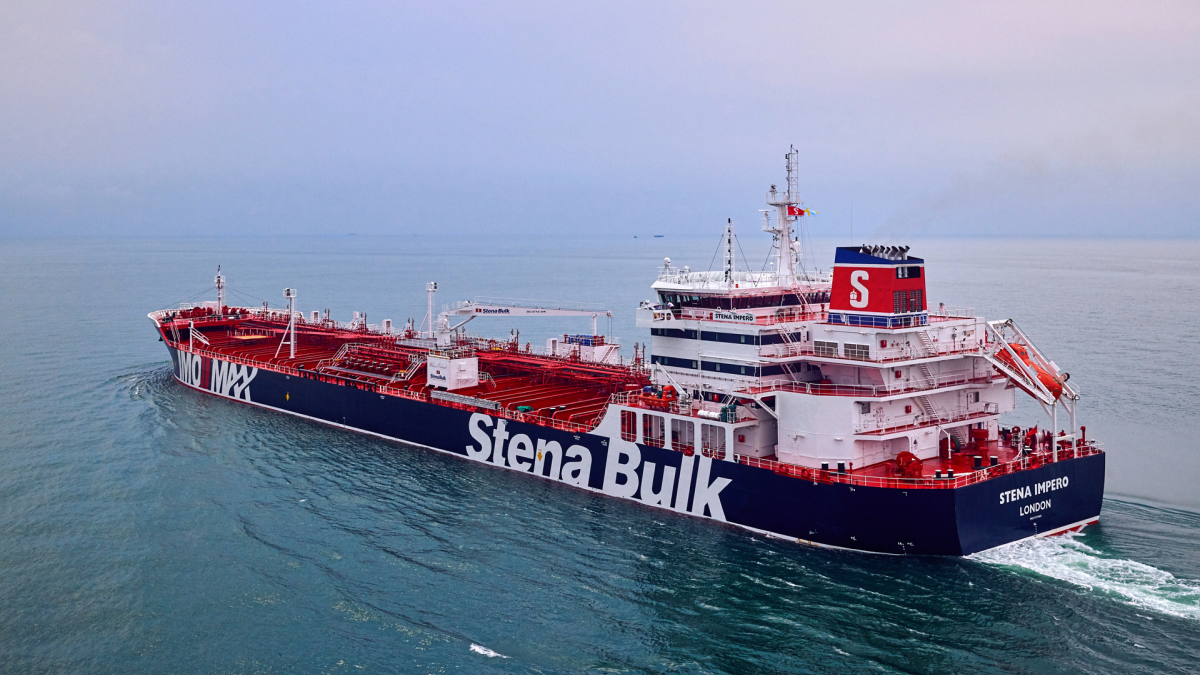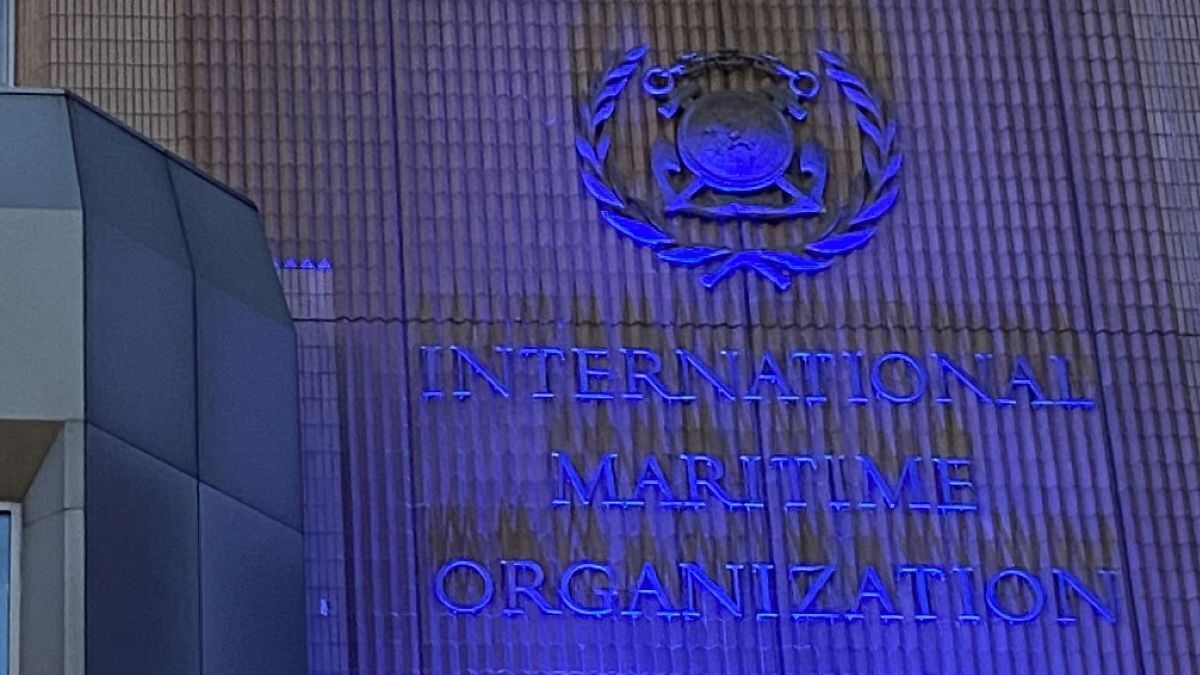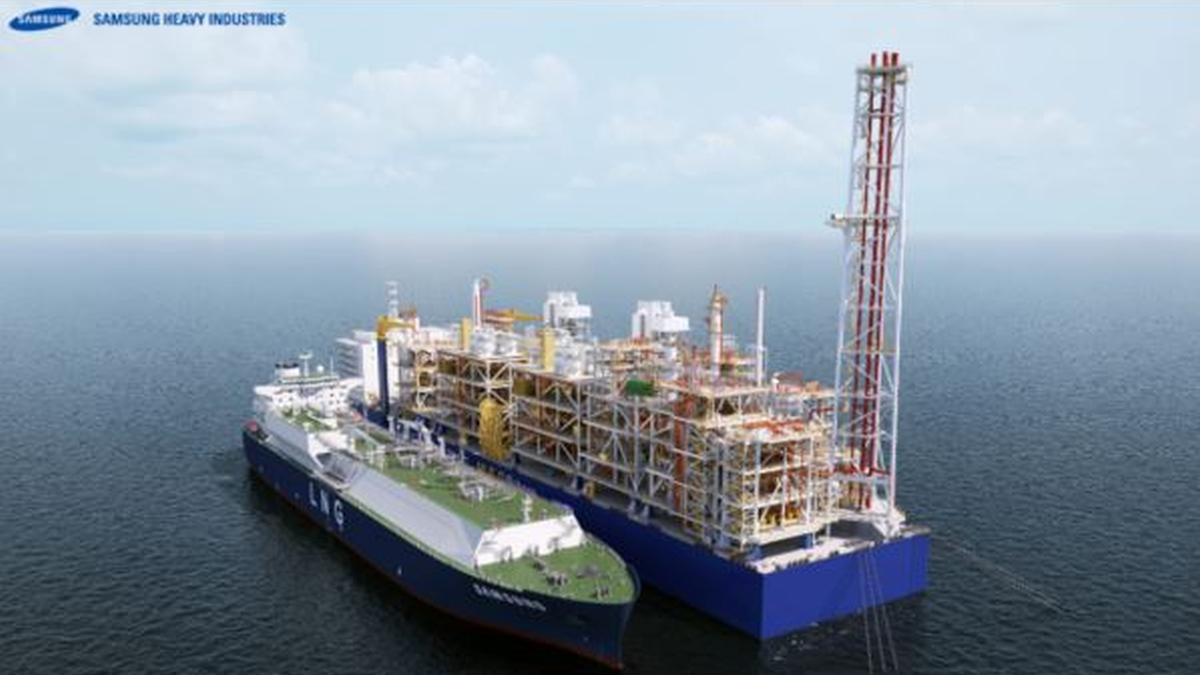Business Sectors
Events
Contents
Unlocking the potential of the LNG marine fuel market
It is impossible to determine with any accuracy what the size of the LNG marine fuel market will be in 2020. That is because it is not possible to say how many shipowners will favour LNG over the alternatives of exhaust gas scrubbers and low-sulphur middle distillate fuels as the means of complying with tightening regulations on ship emissions.
The use of LNG as marine fuel is as yet quite modest. Some 25 small vessels in Norwegian coastal service have LNG fuel systems while another 25 such ships are under construction. Several of the newbuildings are larger ships that will serve on international routes.
As time goes by, and the price of oil fuel creeps up, the attractions of the LNG alternative are growing. As one example, the US is replete with very competitively priced gas as a result of its recent shale gas discoveries. Powering the American fleets of Gulf platform supply vessels, regional ferries, fishing boats, Great Lakers and inland waterway vessels makes eminent good sense.
While gas-burning engines and shipboard LNG fuel systems are developed technologies, the use of LNG as a marine fuel poses logistics and operational challenges. Outside the LNG shipping sector the general maritime industry is not familiar with handling this boiling cryogenic liquid.
How to get this new fuel, at -162°C, from the storage tank at the coastal terminal into the ship’s LNG bunker tank? The first dedicated LNG bunkering vessel is yet to be built and potential investors in port LNG bunkering infrastructure are reluctant to make a commitment due to uncertainties over how many vessels powered by this fuel are going to be built. The chicken-and-egg scenario is completed by the shipowner who needs to be assured of adequate bunker supply infrastructure before ordering such a vessel.
The introduction of LNG-fuelled ships will also require modification of the seafarer training regime. Will engineering staff need to undergo the same LNG familiarisation programmes as officers on LNG carriers?
As our small-scale LNG report in this issue shows, the momentum for the use of LNG as marine fuel is growing. It also indicates that all the outstanding issues are about to be resolved in one fell swoop as the bandwagon picks up speed. LNG
Related to this Story
Events
Maritime Environmental Protection Webinar Week
The illusion of safety: what we're getting wrong about crews, tech, and fatigue
Responsible Ship Recycling Forum 2025
© 2024 Riviera Maritime Media Ltd.













